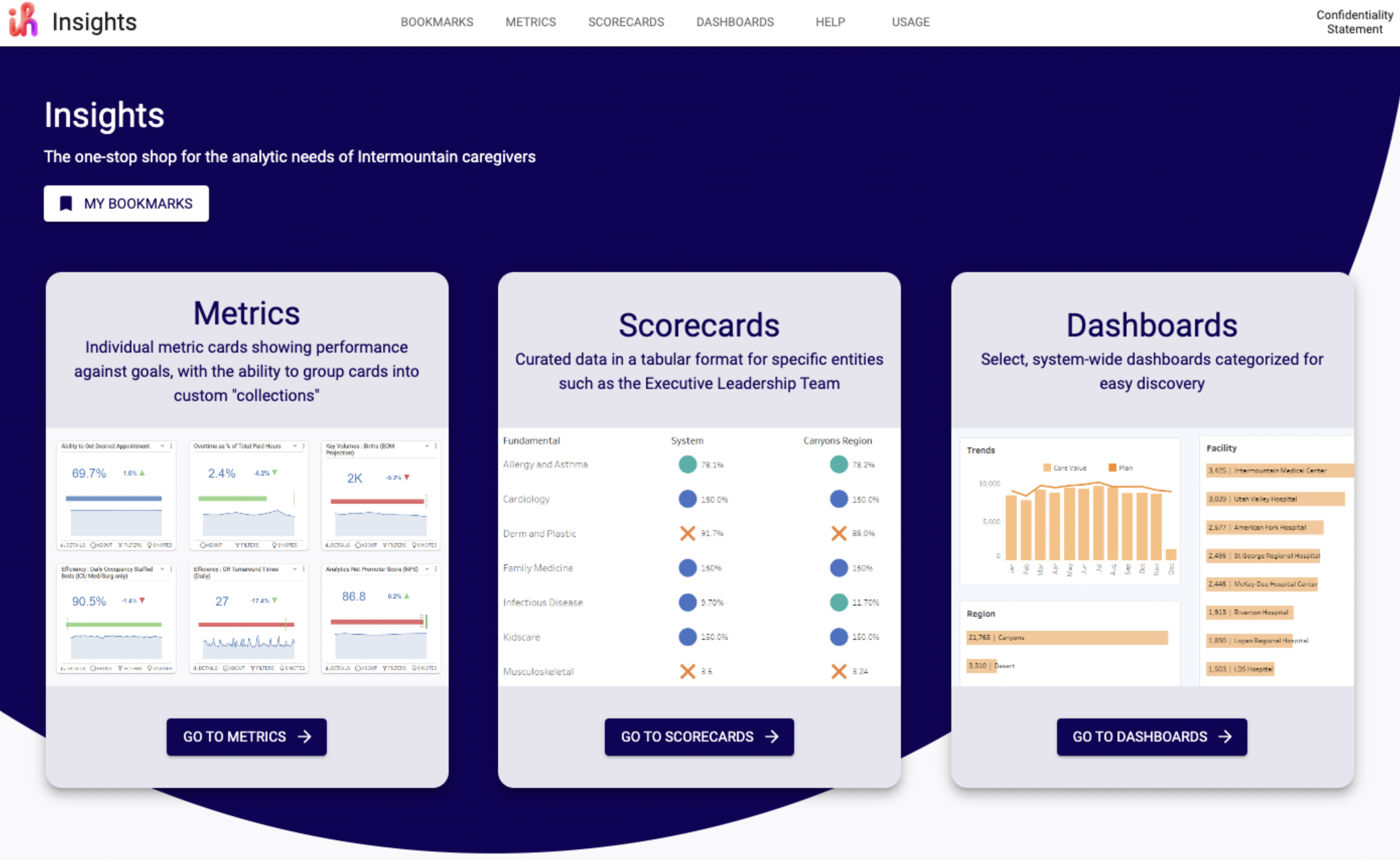Solving Ambiguous Problems through Product Design
In the realm of product design, ambiguity often presents the most intriguing challenges. My journey into unraveling complexities is showcased in three case studies. My approach to product design isn't just about aesthetics; it's about diving deep into problems, understanding user needs, and emerging with solutions that make a difference.

User Testing and Collaboration to Design an Expanded Analytics Platform
I overhauled a data analytics platform initially limited to displaying fewer than 100 metrics, despite the need to handle tens of thousands. Physicians and executives struggled with its complex and unusable design, requiring extensive training. The redesign made the platform scalable, intuitive, and user-friendly, leading to a 50% reduction in user error rates and a 450% increase in recurring users.

Orchestrating Patient Flow: Designing a Holistic Healthcare App from Ground Zero
In the Patient Flow project, I directed a detailed UX research and design initiative to optimize hospital patient flow management. By leveraging insights from data analysts and nursing managers, we developed and tested innovative interface solutions that streamlined patient tracking and resource allocation. This led to a 40% reduction in patient wait times and a 30% increase in staff efficiency.

From Complexity to Clarity: Redesigning the UDRC Website to Improve Usability and Accessibility
Through extensive user research and iterative design processes, I focused on creating an intuitive user experience that complies with WCAG standards. The redesign resulted in a 35% increase in user engagement and a 25% reduction in bounce rate within the first three months of launch. Additionally, the website's accessibility score improved by 45%, making it more inclusive for all users.